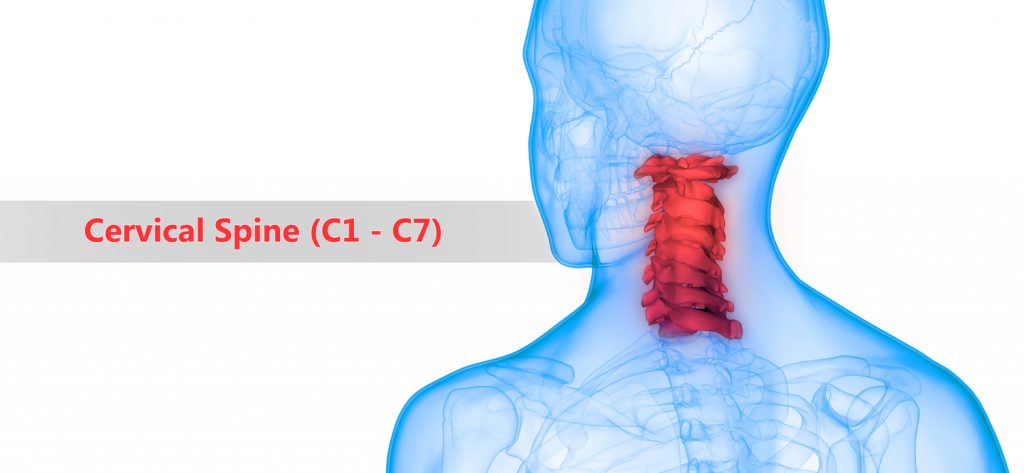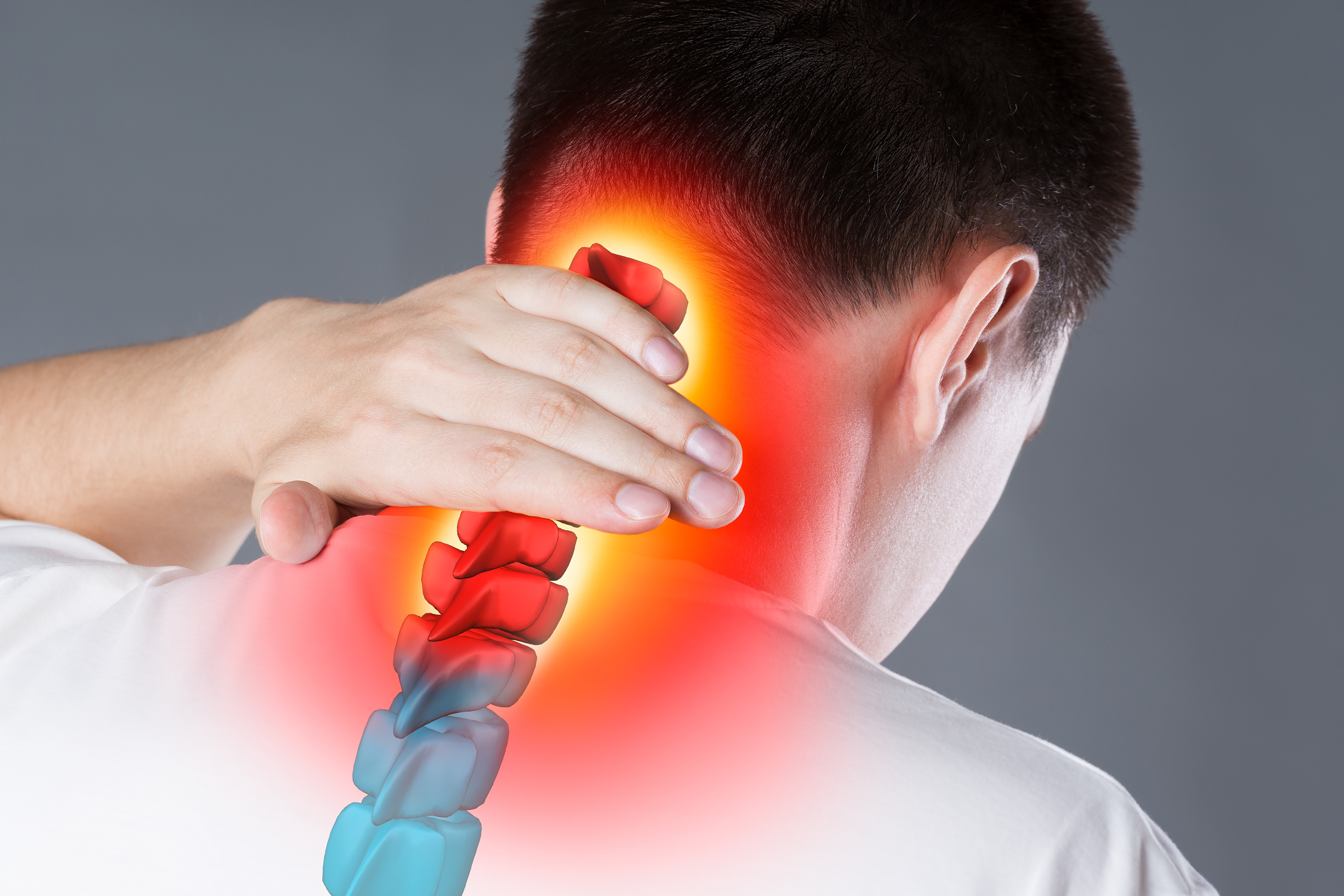Cervical degeneration is one of the causes of long-term or chronic neck pain. Degenerative changes are common as people age, and neck pain is a familiar complaint for seniors. Some aches and pains are fairly normal, but a physician should be consulted for severe pain that interferes with the ability to do everyday tasks.
Structure of the neck
The cervical spine is the top portion of the spinal column. It is composed of the first seven vertebrae, C1-C7, which protect the spinal cord. The vertebrae are connected by ligaments and supported by muscles. The vertebrae are separated by discs, or pads, which act as shock absorbers and provide cushioning. The spinal nerves emerge from openings in the spinal cord called foramen. The nerves from the cervical spine carry sensory messages that provide motor control to the muscles of the neck, shoulders, arms, and upper back.

Causes of degeneration
Degeneration is sometimes caused by trauma, such as an auto accident or a fall. Some people can trace the beginning of their neck pain to an incident that resulted from a trauma. However, degeneration is often due to wear and tear over time or repetitive movements. People may develop osteoarthritis, which happens when the cartilage that protects the joints wears away. Bone spurs can form along the spinal column. They may compress nerves and cause pain. As people age, their discs dry out, becoming hard and less flexible. The protective lining weakens, and the disc becomes prone to injury. Discs can collapse and lose height, or they may tear, causing their jelly-like core to leak out. This is known as degenerative disc disease. Foraminal narrowing, a type of spinal stenosis, can cause pain and inflammation as nerves become compressed.
Common symptoms
Chronic neck pain can range from mild to debilitating. Mild pain can often be controlled with stretching, exercise, ice and heat therapies, or over-the-counter anti-inflammatory medications. Symptoms that accompany more severe pain are more troubling. These may include a decreased ability to move the head, headaches, and pain that radiates into the shoulder and down an arm. There may be muscle weakness or spasms, numbness, and tingling in the arm. The person may have difficulty with fine motor tasks involving the hands and fingers. The pain often becomes worse after holding the neck and head in one position for long periods of time. Tasks that may aggravate this include using a computer or tucking a phone between the ear and shoulder when talking.
When to see a doctor
It may be time to see a doctor when some of the following occur:
- Pain persists or worsens after several weeks of self-care
- Pain is accompanied by severe headaches
- Pain radiates down the arm, causing numbness or tingling
- Pain is accompanied by muscle weakness
- There is unexplained urinary or bowel incontinence
- Pain interferes with normal activities or sleeping
The physicians at Atlanta Brain and Spine Care are experienced in diagnosing and treating the symptoms of cervical degeneration. Contact us today to learn about your treatment options.


